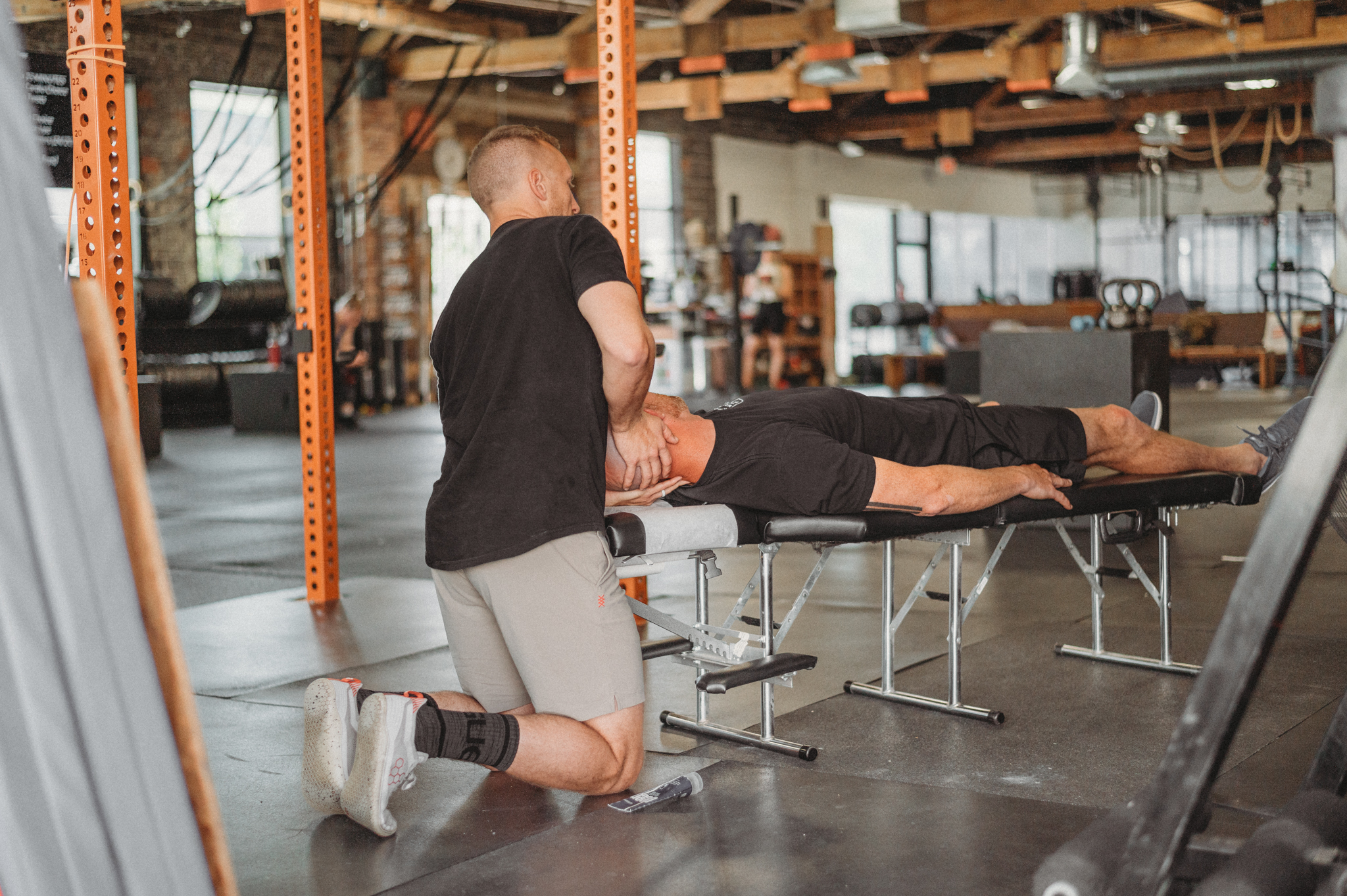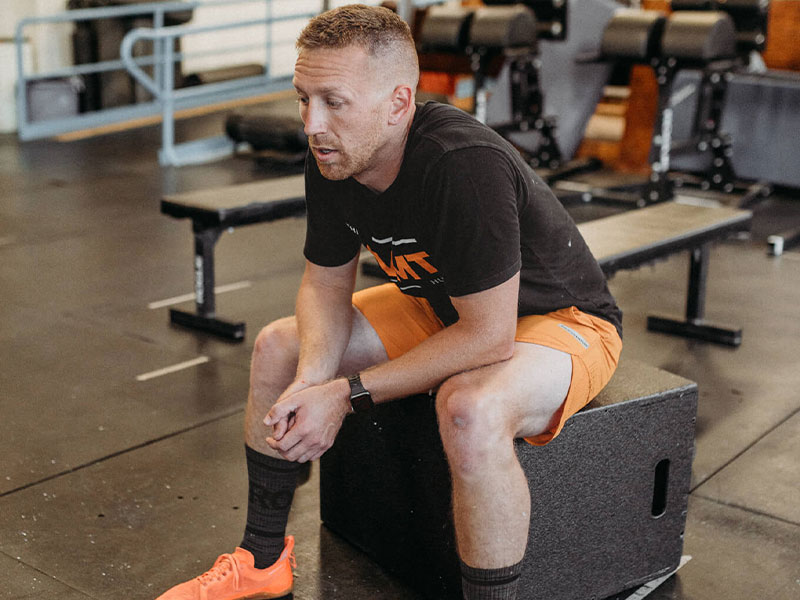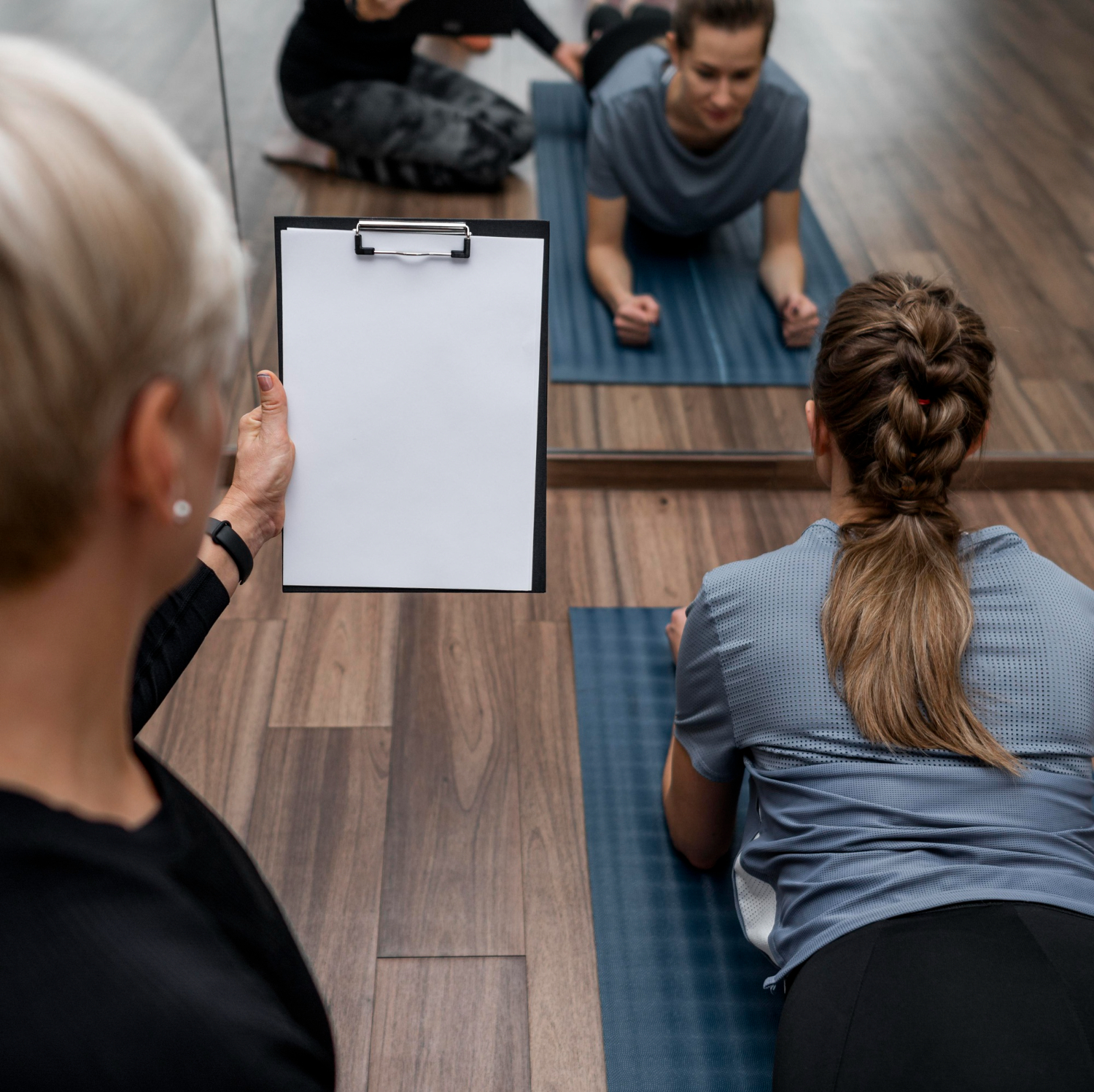In 1978 Harvard physician Dr. Gabe Mirkin coined the term R.I.C.E. (Rest, Ice, Compression, Elevation) and for decades this protocol has been the go-to approach for managing acute (and even chronic at times) injuries. However, in 2013 in the forward to the second edition book “Iced! The Illusionary Treatment Option” by Gary Reinl, Dr. Mirkin withdrew his original statement, as recent research has challenged the effectiveness and applicability of this traditional method. Next let’s explore the criticisms of R.I.C.E. and propose alternative strategies for injury management.
Rest:
While rest is essential for recovery, complete immobilization may not always be the best approach. Evidence suggests that early mobilization and controlled movement can aid in tissue healing, prevent muscle atrophy and improve overall function. Instead of prolonged rest, a deloaded and pain free range of motion return to activity guided by a healthcare professional is recommended. As a matter of fact, returning to the specific mechanism of injury in the stated manner above actually accelerates healing.(1)
Ice:
The use of ice to reduce swelling and pain has been a long-standing practice with published articles dating back to the 1940’s. However, recent studies have shown that icing may delay the healing process (2) by constricting blood flow and impairing the body’s natural inflammatory response. Instead, applying heat or using alternative methods like compression (via ace bandage, voodoo floss or compression sleeves such as NormaTec) and manual therapy can promote circulation, lymphatic drainage and facilitate healing. Ice may still act as an analgesic when necessary to bring pain levels down, however recent research shows that therapeutic benefits and recovery appear to be lacking.
Compression:
Compression is commonly used to reduce swelling by applying pressure to the injured area. While it can be beneficial in the acute phase of an injury, excessive or prolonged compression may hinder the natural healing process. Optimal pressure and duration should be determined based on the severity and nature of the injury. In recent years compression sleeves have been developed which facility short term directional compression, such as NormaTec sleeves. Compression works in a similar manner as skeletal muscle contraction, moving lymphatic fluid from the site of injury and swelling away, allowing new cells to proliferate and assist in the healing process.
Elevation:
Elevating the injured limb above the heart level is believed to reduce swelling by aiding fluid drainage. While elevation can provide temporary relief, its long-term effects on healing are inconclusive. It is important to note that elevation alone may not be sufficient and should be complemented with other appropriate management strategies.
Alternative Approaches:
a. P.O.L.I.C.E.: This acronym, which stands for Protection, Optimal Loading, Ice/Heat, Compression, and Elevation, offers a modified approach to injury management. It emphasizes protecting the injured area, gradually reintroducing movement and weight-bearing activities, and using ice or heat as deemed appropriate.
b. M.E.A.T.: Another alternative acronym, M.E.A.T. (Movement, Exercise, Analgesics, Treatment), shifts the focus towards early movement and exercise, pain management, and appropriate treatment modalities. This approach recognizes the importance of maintaining muscle strength and joint mobility during the recovery process.
While the R.I.C.E. protocol has long been considered a standard method for managing acute injuries, new evidence challenges its effectiveness. The evolving understanding of injury management emphasizes early mobility, controlled loading and individualized treatment plans. It is crucial to consult with healthcare professionals who can provide personalized guidance based on the nature and severity of the injury. By embracing these alternative approaches, we can optimize recovery and enhance long-term outcomes.
- Buckwalter JA, Grodzinsky AJ. Loading of healing bone, fibrous tissue, and muscle: implications for orthopaedic practice. J Am Acad Orthop Surg. 1999;7(5):291-9.
- Ryo Takagi, Naoto Fujita, Takamitsu Arakawa, Shigeo Kawada, Naokata Ishii, and Akinori Miki. Influence of icing on muscle regeneration after crush injury to skeletal muscles in rats. Journal of Applied Physiology 2011 110:2, 382-388




